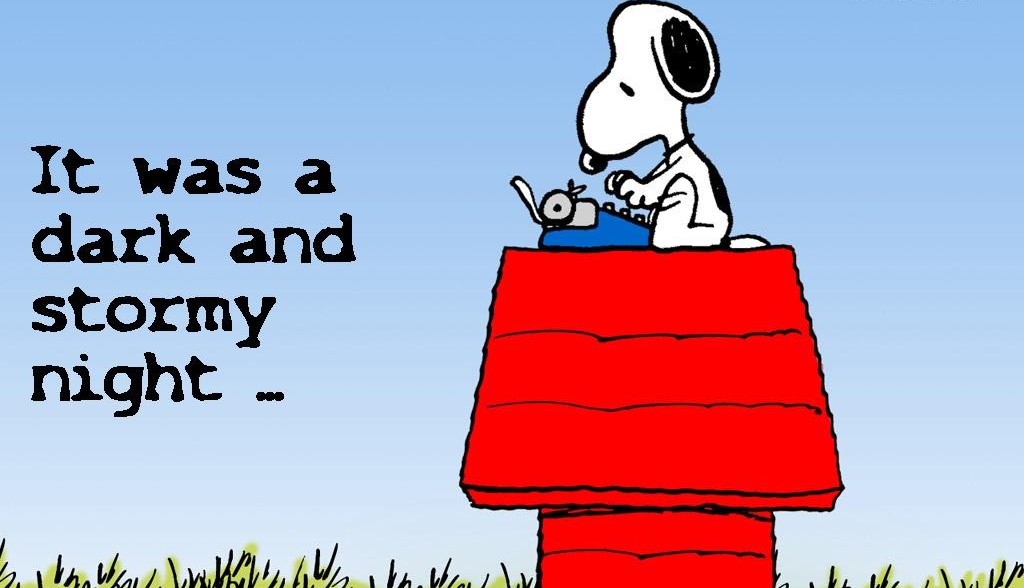In a fascinating interview with National Public Radio in America, UCLA professor Keith Chen spoke about how language can affect
Read more
Conceiving a unique selling point in the 21st century is tough, especially in a field as mind-numbingly generic as the
Read more